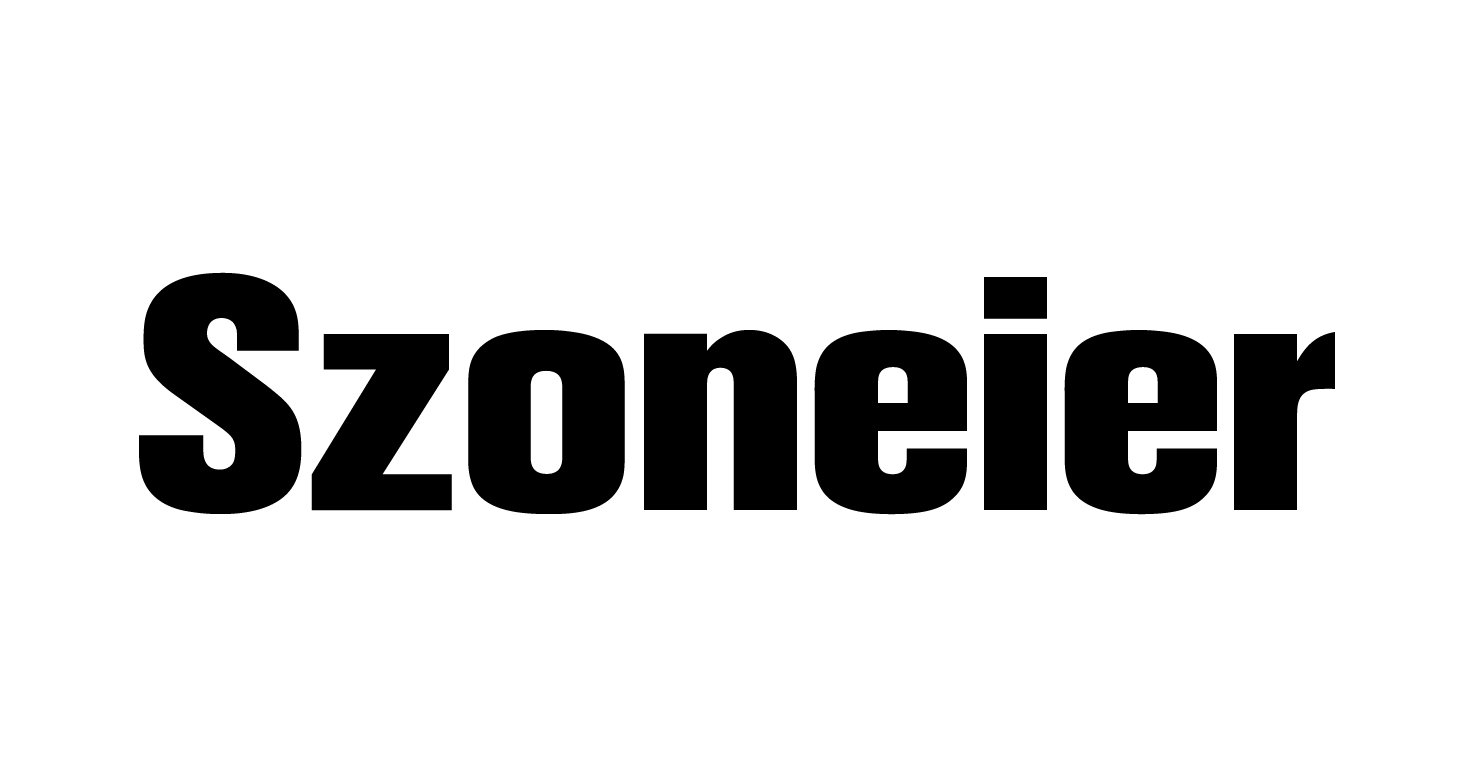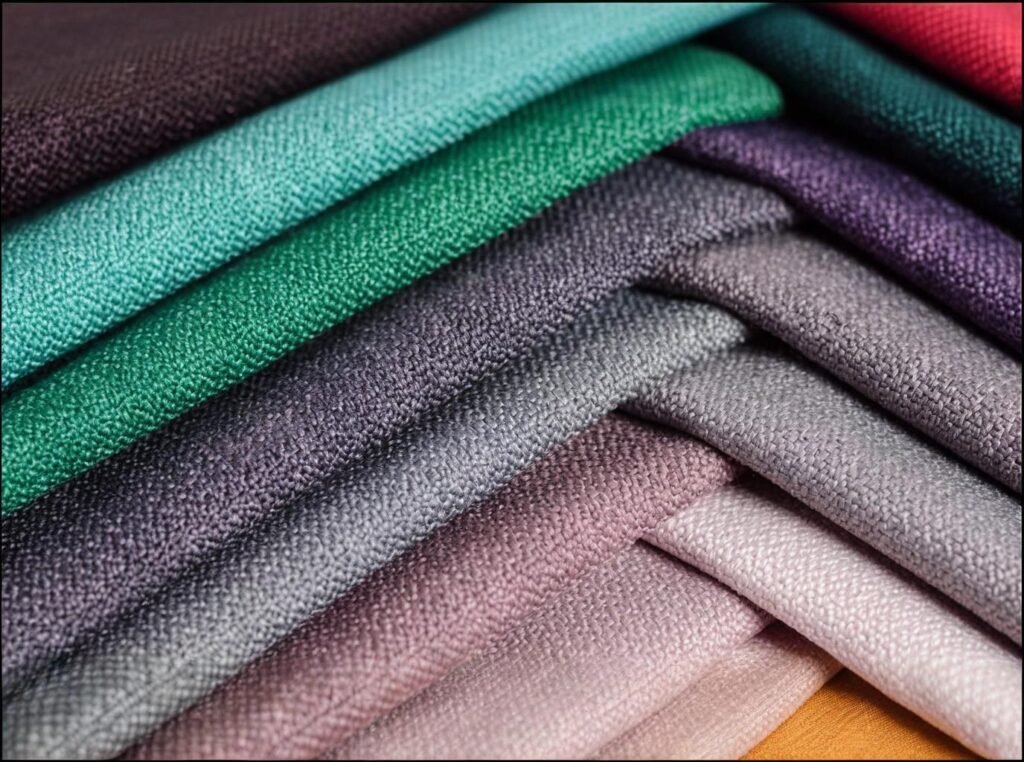
In the competitive world of apparel manufacturing, every meter—and every minimum—counts. For emerging brands or even established players testing new collections, sourcing high-quality spandex fabric in bulk often runs into a critical barrier: the MOQ (Minimum Order Quantity). This small acronym can dramatically impact your inventory risk, development timeline, and even your ability to launch a new product line.
To successfully purchase bulk spandex with a manageable MOQ, apparel manufacturers should understand how MOQs are calculated, what affects their flexibility, and apply effective supplier negotiation strategies such as shared orders, off-season deals, and fabric consolidation.
At SzoneierFabrics, we’ve worked with global clients—from boutique yoga startups to large-scale fitness brands—who faced MOQ-related roadblocks. One U.S. activewear label, for instance, wanted a proprietary moisture-wicking nylon-spandex blend in four colors, but their initial 3,000-yard MOQ quote from a supplier threatened the entire launch. What turned the situation around? A smart MOQ split strategy and clear communication.
Let’s explore how you can do the same.
What Is the Typical MOQ for Spandex Fabric in Bulk Orders?
The MOQ for bulk spandex fabric generally ranges from 300 to 1000 yards per color, depending on the fiber blend, dyeing method, knitting machine gauge, and finishing treatment. For solid color base fabrics, the minimum is often lower; for custom-printed, dyed, or specialty-treated spandex, MOQ requirements increase.
Standard MOQ for spandex fabric is 300–1000 yards per color. Custom blends, printed finishes, and recycled yarns can raise this requirement.
| Spandex Fabric Type | Typical MOQ (yards) | MOQ Influencing Factors |
|---|---|---|
| Nylon-Spandex Solid Color | 300–500 | Yarn availability, dyehouse schedule |
| Polyester-Spandex Print | 500–1000 | Print screen setup, digital print machine width |
| Recycled Polyester-Spandex | 800–1500 | Raw material lead time, higher sourcing cost |
| Cotton-Spandex Custom Dyed | 500–800 | Dye lot size, fiber absorption rate |
MOQ by Supplier Region
- China: Lower MOQ with fast turnaround (avg. 300–500 yards)
- India/Vietnam: Slightly higher MOQ but competitive pricing
- Turkey: Great for EU-bound orders with mid-tier MOQ
Real Case Snapshot
A European brand sourced 500 yards of polyester-spandex jersey in four Pantone-matched colors from Szoneier. We lowered the MOQ by using in-stock greige fabric and arranging batch dyeing to split dye costs—cutting the original MOQ by 40%.
How Do Fabric Suppliers Determine MOQ for Spandex Materials?
Suppliers calculate MOQ based on machine utilization efficiency, dyeing lot minimums, yarn order quantities, and overhead costs. If your order doesn’t meet the thresholds for full machine runs or dyehouse batching, costs per yard increase significantly—hence the enforcement of minimums.
Suppliers determine MOQ based on dye lot size, knitting machine setup costs, yarn batch minimums, and labor efficiency requirements.
Inside the MOQ Cost Equation
Key Components That Shape MOQ
- Yarn Batch Size Most mills purchase yarn in bulk—minimum dyeable yarn batches are often 300–500kg.
- Knitting Machine Setup Small orders mean more frequent setup changes = higher idle time and labor waste.
- Dyehouse Scheduling Dye tanks operate by batch volume; too little fabric wastes chemicals, time, and energy.
- Labor Allocation and Waste Allowance Small-volume runs increase handling inefficiencies and raise error rates.
| MOQ Cost Driver | Impact on MOQ | Mitigation Tip |
|---|---|---|
| Yarn order batch | Increases MOQ below 300kg | Use supplier’s existing yarn stock |
| Knitting machine change | High with custom gauges | Standardize fabric specs if possible |
| Dye lot efficiency | Key in custom colors | Choose in-stock or lab-dip approved tones |
Conversation Example
One client sourcing moisture-wicking spandex for leggings faced a 1000-yard MOQ per color due to a high minimum from the dyehouse. After requesting available lab dips, they selected pre-approved colors, reducing their MOQ to 300 yards per color.
Which Factors Affect the Negotiability of Spandex Fabric MOQ?
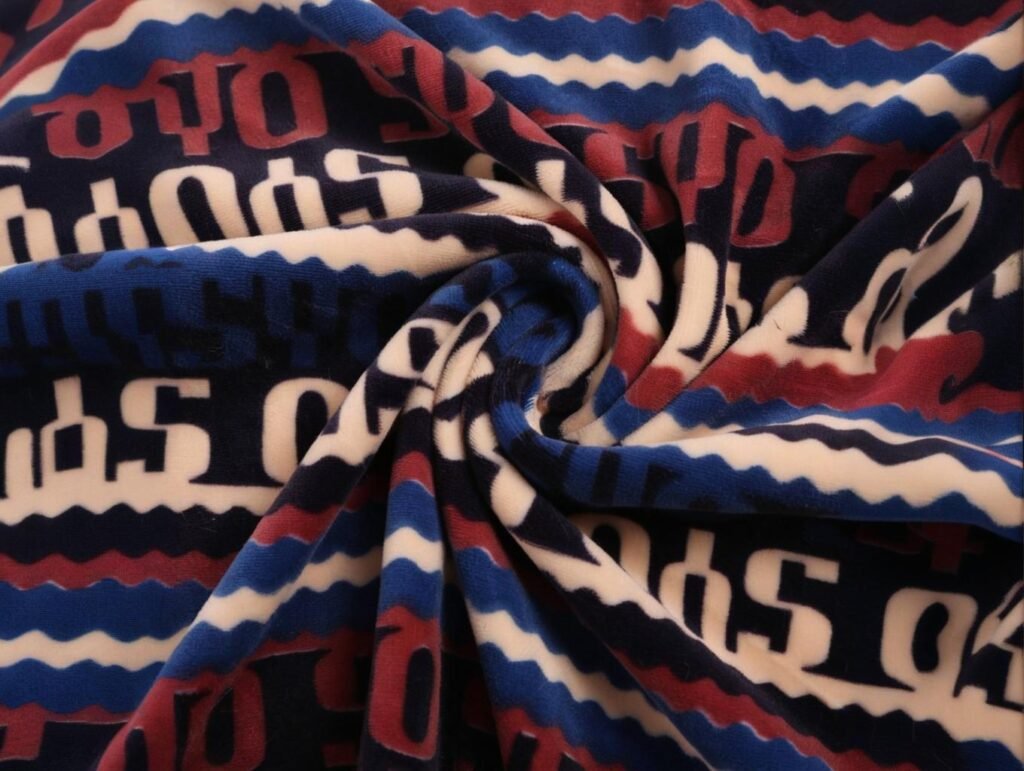
MOQ negotiability isn’t fixed—it fluctuates based on supplier capacity, your order history, seasonal demand, and material customization. The more flexible you are with specs, delivery, or consolidation options, the more willing suppliers are to reduce MOQs.
MOQ can be negotiated based on order frequency, shared fabric specs, production season, and relationship with the supplier.
Four Factors That Influence MOQ Flexibility
a. Fabric Type and Complexity
| Fabric Detail | Negotiability | Why It Matters |
|---|---|---|
| Standard solid spandex | High | Easily integrated into existing production |
| Custom digital prints | Low | Requires unique setup and costly printhead time |
| Recycled fiber blends | Medium–Low | Raw material often sourced per project |
| Functional finishes (anti-odor, UV) | Medium | Adds extra production steps and chemical usage |
b. Order Timing
- Low season (Dec–Feb): Higher likelihood of MOQ flexibility due to free capacity
- Peak season (Apr–Aug): Suppliers prioritize large volume clients
- Pre-Canton Fair window: Factories may offer promotional MOQ reductions
c. Relationship and Communication
A returning client can often secure a 30–50% lower MOQ than a first-time buyer. This is due to trust in payment reliability, communication speed, and reduced perceived risk.
d. Willingness to Accept Partial Stock
If you’re open to using the factory’s existing greige or yarn inventory, they may allow you to piggyback on another order—effectively bypassing the MOQ threshold.
An Australian swimwear startup reduced their MOQ by 50% by agreeing to share white base fabric with another client, then dyeing in different Pantones later via lab dips.
How Can Small and Medium Apparel Brands Reduce MOQ Requirements?
Small and mid-sized apparel brands can reduce MOQ by choosing standard specs, sourcing during supplier off-seasons, leveraging existing material inventory, or proposing volume-based commitments over time (e.g., 3 drops in 6 months).
Brands can lower MOQ by standardizing fabric specs, choosing in-stock colors, or committing to rolling orders across several months.
Practical MOQ Reduction Strategies
a. Use Standardized or Pre-Approved Specs
By aligning with a supplier’s most commonly produced denier, GSM, or knitting gauge, you avoid specialty runs. Most suppliers have “catalog favorites” that are run weekly or monthly.
| Common Spec | MOQ Benefit |
|---|---|
| Nylon 70D + Spandex 30D | Fast turnaround, low MOQ, common use case |
| Poly 85 / Spandex 15 Jersey | Available in many colors & blends |
| 240 GSM compression knit | Ideal for leggings; stock availability |
b. Opt for Lab Dip-Approved Colors
Color customizations are one of the biggest MOQ drivers. Instead of demanding a new Pantone tone, ask the supplier for a list of existing lab-dipped or stock colors—this reduces dye setup costs.
c. Leverage “Group Buys” or Shared Orders
If your volume is low, ask if the supplier is running the same spec for another buyer. Grouping these into one batch allows smaller brands to meet factory MOQs without overstocking.
d. Offer Rolling PO Strategy
Say: “I’ll place 300 yards now, and another 600 in 45 days. Can we treat this as one 900-yard batch for MOQ purposes?” Suppliers are more willing to negotiate if they see a planned pipeline.
Do Custom Colors and Finishes Increase the Minimum Order Quantity?
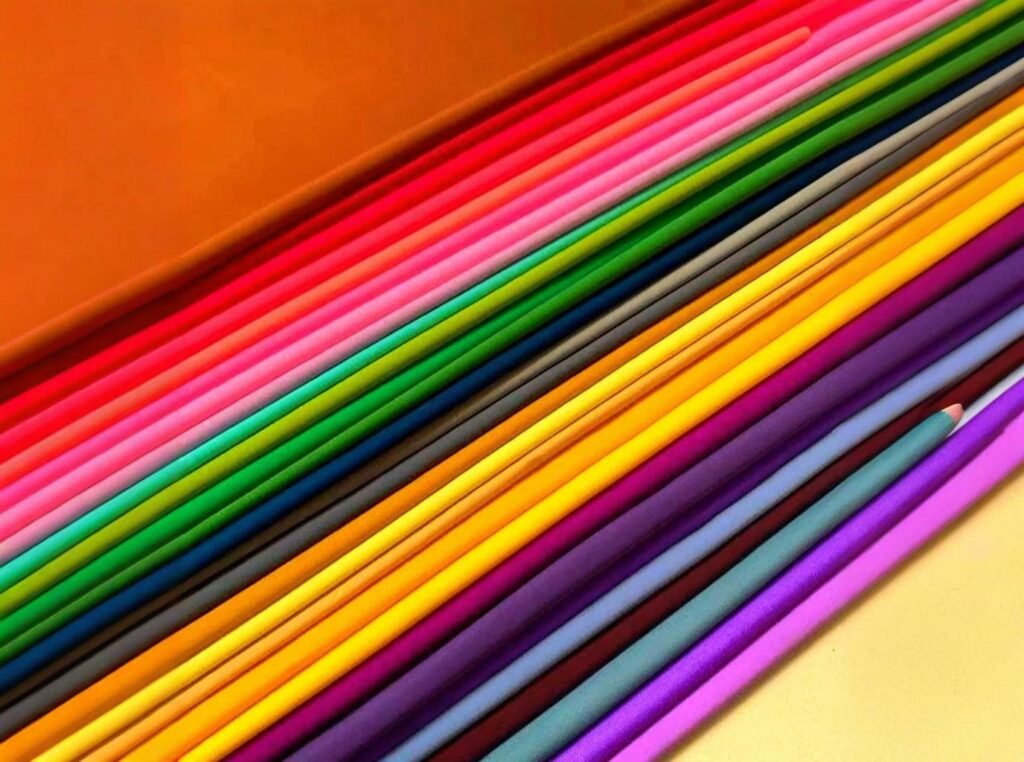
Yes, custom dyeing and fabric finishes almost always increase the required MOQ. Dyehouse operations are batch-dependent, and specialty finishes like anti-bacterial, UV-blocking, or moisture-wicking coatings often require separate chemical treatments, minimum chemical volumes, and curing time—all of which make small runs uneconomical.
Custom colors and finishes raise MOQ due to dye lot size, setup costs, and chemical treatment minimums, making standard colors and finishes a better option for small orders.
The MOQ Cost of Color & Finish Customization
a. MOQ by Color Type
| Color Type | Typical MOQ (yards) | Notes |
|---|---|---|
| Standard stock color | 300–500 | Immediate dye schedule available |
| Lab dip–approved color | 500–800 | Requires approval process but pre-tested dyes |
| Custom Pantone matched color | 800–1200 | New dye recipes, separate batch needed |
b. MOQ by Finish
| Finish Type | MOQ Impact | Why MOQ Rises |
|---|---|---|
| Anti-bacterial | Moderate | Requires chemical treatment line |
| Wicking/Quick-dry | High | Multiple coating passes + energy intensive |
| UV protection | Moderate–High | Often applied as last-stage resin |
| Brushed back/spacer knit | High | Special machine needed, small lots waste resources |
SzoneierFabrics often advises customers to combine multiple colors into one batch-dyeing session using tonal variations. For example, one 1000-yard MOQ can include 4 shades within a color family (navy, royal, sky, cobalt) using shared base formulations.
Is It Possible to Share MOQ Across Multiple SKUs or Colorways?
In many cases, yes. Suppliers can agree to split MOQ across SKUs if the base fabric remains identical—same GSM, fiber content, machine gauge, and finish. Colorways may also be split within a batch if dye recipes allow.
MOQ can often be shared across multiple SKUs or colors if the base fabric spec is consistent, especially for tonal shades or same-finish blends.
MOQ Consolidation Techniques
a. Base Fabric Consolidation
By keeping the following constant, you can divide MOQ across multiple product types:
- Same yarn blend (e.g., 88% polyester, 12% Spandex)
- Same weight (e.g., 250 GSM)
- Same knitting machine (e.g., single jersey)
- Same finish (e.g., wicking only)
| Order Plan | MOQ Feasibility |
|---|---|
| 1000 yards total, 4 leggings designs | ✅ (if fabric base matches) |
| 1000 yards, 3 different GSM levels | ❌ (different machine setup) |
| 800 yards, 4 colorways, same base knit | ✅ (if dyeing split is possible) |
b. Color Batch-Splitting
Many dyehouses accept batch dyeing for similar tones. For instance, a brand could split 1200 yards into:
- 400 yards navy
- 400 yards cobalt
- 400 yards black-blue
This is often called a “shade grouping strategy”, and suppliers are more willing to accept it than mixing unrelated Pantone hues.
A French athleisure brand partnered with SzoneierFabrics to split a 1000-yard MOQ across two tank top styles and two legging styles, all using the same nylon-spandex base. The factory accepted 4 x 250-yard cuts due to matching machine specs and finish.
What Are the Best Negotiation Tactics for Lowering MOQ with Spandex Suppliers?
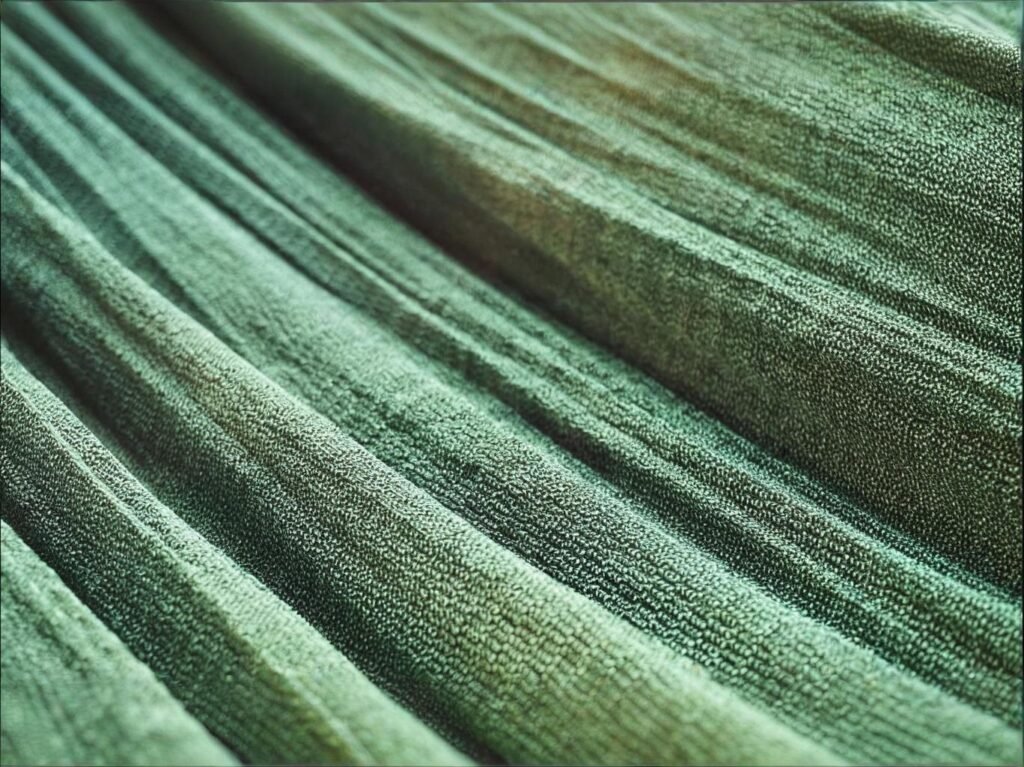
Effective MOQ negotiation isn’t just about asking for less—it’s about offering suppliers a tradeoff that makes sense for their production line. Whether you’re a startup or scaling brand, building trust, understanding factory logic, and offering scheduling or spec flexibility can go a long way.
To lower MOQ, offer to align with supplier stock specs, propose rolling orders, accept extended lead times, or consolidate orders with other clients.
Proven MOQ Negotiation Approaches
a. Use Empathy + Logic
Suppliers aren’t just trying to be difficult—MOQ is often tied to real costs. Understanding this and negotiating from a place of partnership yields better results than pressure tactics.
b. Bundle Orders
- Combine multiple SKUs with the same base fabric
- Ask about orders from other clients using similar specs (for co-dyeing)
c. Offer Commitments
- E.g., “We’ll order 300 yards now and 700 within 45 days”
- “We can confirm this style will run for three seasons—can we amortize MOQ across releases?”
d. Accept Lead Time Tradeoff
- Offer to wait 2–3 extra weeks so the supplier can run your batch during idle periods
e. Ask for “First-Time Buyer MOQ Discount”
Some suppliers, including SzoneierFabrics, have policies for new clients, offering 200-yard trial MOQs for initial collaboration.
| Tactic | Effectiveness | Notes |
|---|---|---|
| Rolling PO commitment | ✅✅✅ | Builds supplier trust, reduces risk |
| Colorway consolidation | ✅✅ | Easier batching, less dye waste |
| Accepting standard specs | ✅✅✅ | Cuts setup time, increases willingness |
| Requesting trial MOQ as new buyer | ✅✅ | Common courtesy among fabric mills |
How to Balance MOQ, Lead Time, and Cost When Sourcing Spandex?
MOQ is one leg of the triangle—the other two are cost and lead time. If you lower MOQ, one or both of the other legs typically rise. To create an optimal sourcing strategy, weigh your business goals: Do you prioritize lower inventory, faster sampling, or unit cost reduction?
Balancing MOQ, lead time, and cost means deciding what matters most—lower inventory risk, faster delivery, or better unit pricing—and adjusting accordingly.
Strategic Trade-Off Planning
a. MOQ vs. Lead Time
- Low MOQ often means waiting longer (e.g., supplier fits your order between big runs)
- For quick-launch collections, pre-approved colors with slightly higher MOQ may be better
b. MOQ vs. Price per Yard
| MOQ | Lead Time | Price/yard (USD) |
|---|---|---|
| 300 yards | 18–21 days | \$5.80–\$6.30 |
| 600 yards | 15–18 days | \$4.80–\$5.50 |
| 1200 yards | 12–15 days | \$3.90–\$4.60 |
If you plan to scale fast, consider starting with a lower MOQ but negotiate fixed pricing tiers for future bulk orders.
c. MOQ vs. Waste
Ordering more than you need may lower your unit cost—but increases dead stock risk. For brands using seasonal color trends or experimenting with silhouettes, flexible MOQ is worth paying a slight premium.
Build Long-Term Sourcing Partnerships
MOQ negotiation isn’t a one-time hack. It’s a long-term strategy. Apparel manufacturers that treat fabric suppliers as partners—offering predictable order flows, open communication, and alignment with production constraints—will always secure the best deals.
At SzoneierFabrics, we specialize in helping small-to-medium brands and startup designers scale their production with low-MOQ, fast-turnaround, high-quality spandex solutions.
Ready to Source Custom Spandex Fabric?
Whether you’re developing your first yoga line or scaling a gymwear empire, SzoneierFabrics can help you source spandex material with:
✅ 100% quality guarantee ✅ Free lab dips & sampling ✅ Low MOQs starting at 200 yards ✅ OEM/ODM customization ✅ Global delivery & fast lead time
Contact us now to request a free sample and MOQ proposal.
